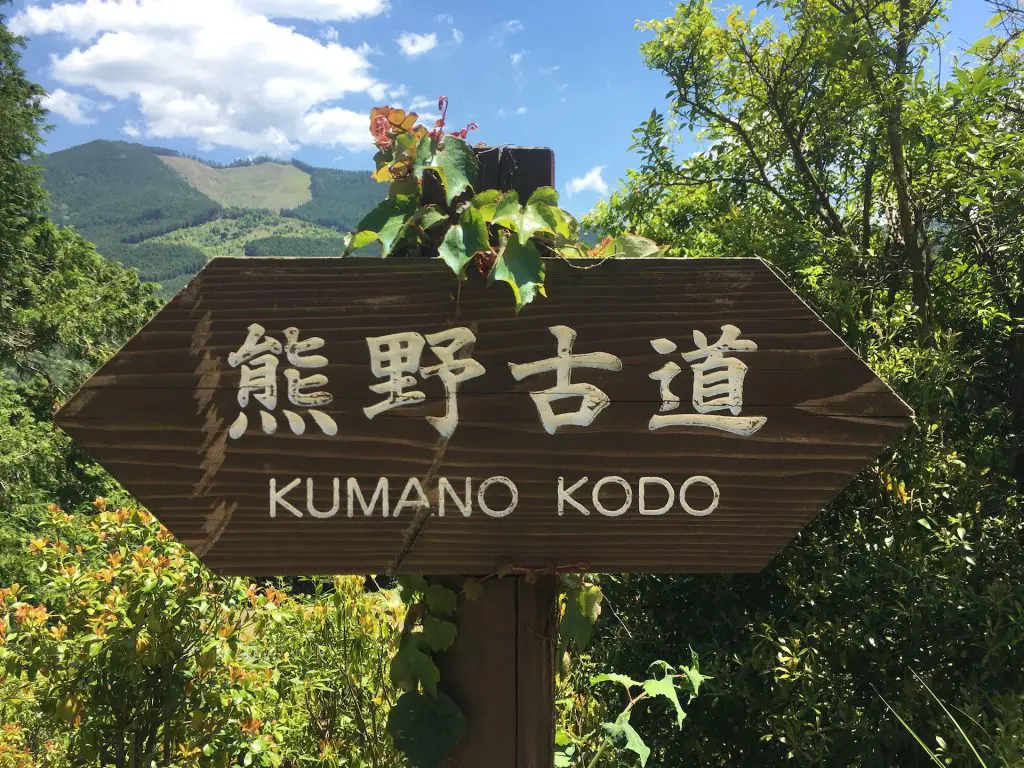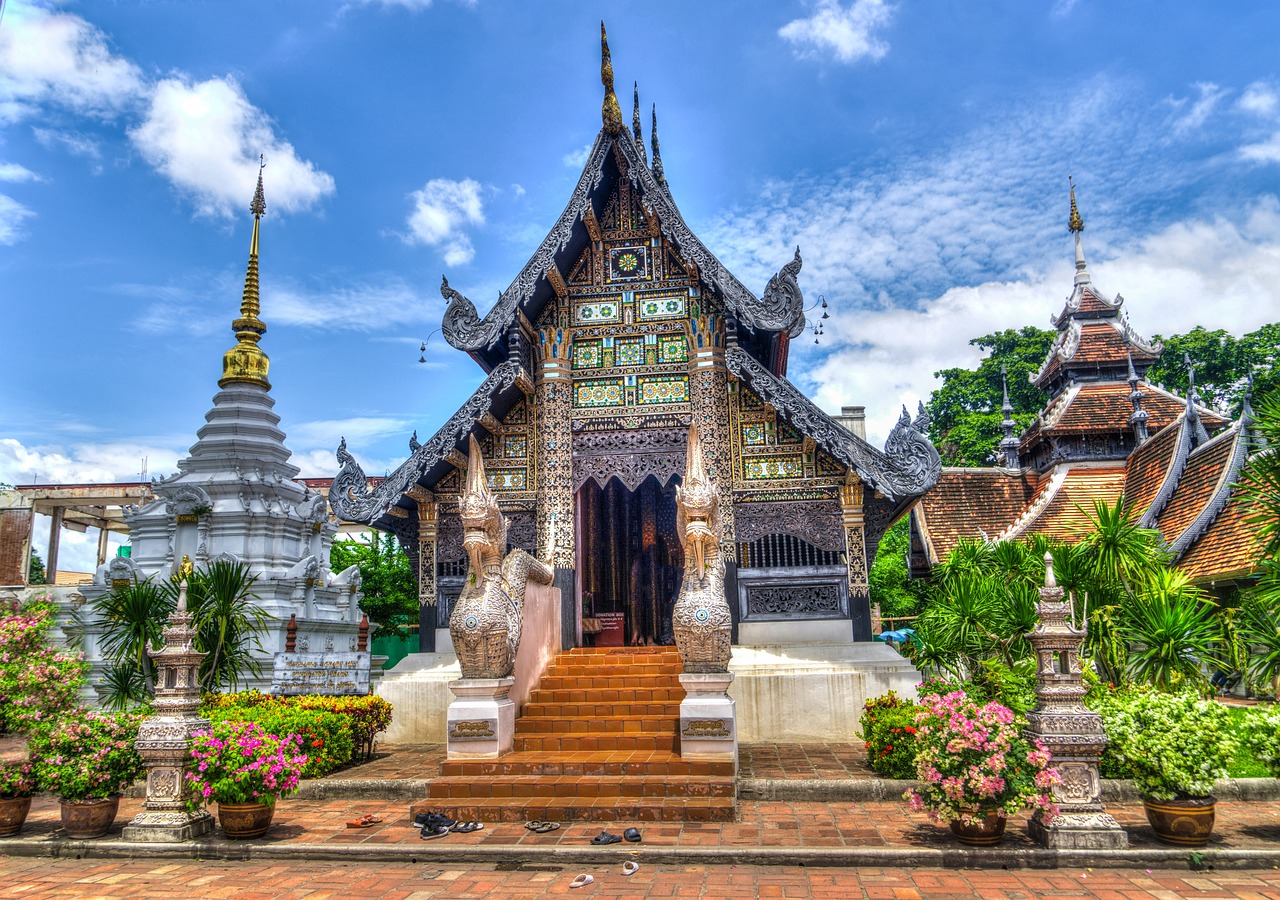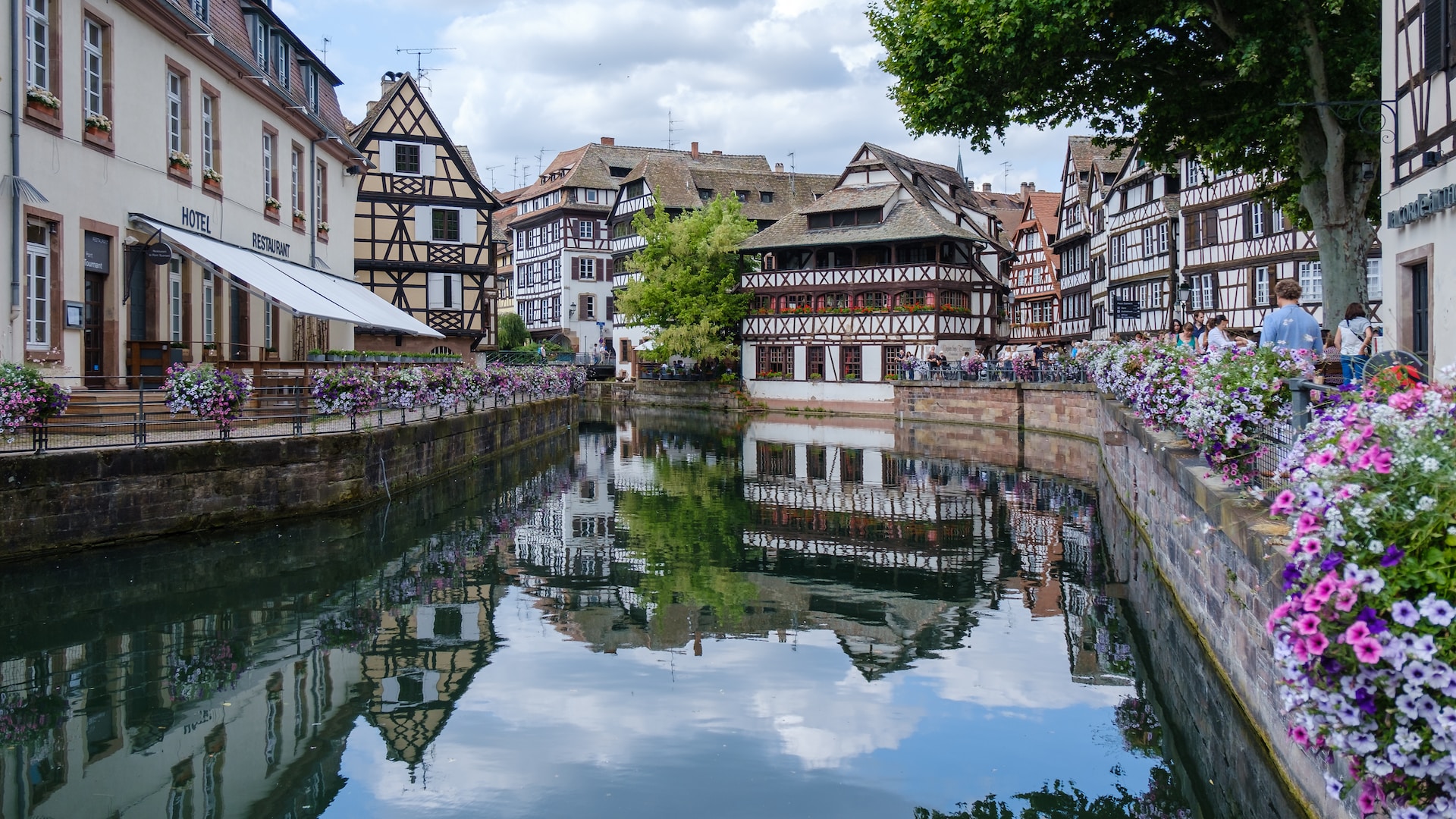The most famous hiking trail in Japan is undoubtedly the Kumano Kodo, a network of ancient pilgrimage routes that traverse the Kii Peninsula in the Kansai region. This trail, rich in history and cultural significance, has been in use for over a thousand years and is renowned for its spiritual and natural beauty.
Historical Significance
The Kumano Kodo dates back to the Heian period (794-1185), a time when Japanese nobility began making pilgrimages to the sacred sites in the Kumano region. These journeys were not just religious endeavors but also opportunities for the pilgrims to seek personal enlightenment. The routes were frequented by emperors and aristocrats, and over the centuries, they became accessible to people from all walks of life.
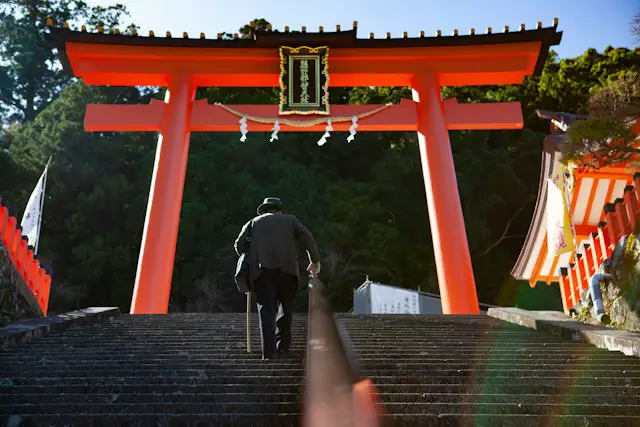
Spiritual and Cultural Importance
The trail leads to the Three Grand Shrines of Kumano: Kumano Hongu Taisha, Kumano Nachi Taisha, and Kumano Hayatama Taisha. These shrines, each with its unique history and deities, form the cornerstone of the spiritual journey. The trail itself is considered a living entity, with each step taken on its path seen as a step towards spiritual growth.
Natural Splendor
The Kumano Kodo winds through the mountainous Kii Peninsula, offering breathtaking vistas and an immersion into Japan’s natural splendor. The trail encompasses a variety of landscapes, from dense forests and river valleys to mountain peaks and waterfalls. The most iconic natural feature along the trail is perhaps the Nachi Falls, Japan’s tallest waterfall, which has been an object of worship as part of the Shinto belief in sacred natural objects.
UNESCO World Heritage Status
In 2004, the Kumano Kodo, along with the Kii Mountain Range and the Yoshino and Omine pilgrimage routes, were collectively designated as a UNESCO World Heritage Site under the title “Sacred Sites and Pilgrimage Routes in the Kii Mountain Range.” This recognition highlights the global importance of the trail, not only for its natural beauty but also for its historical and spiritual significance.
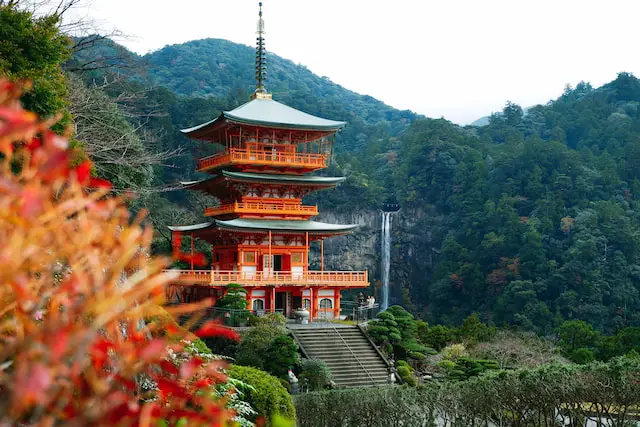
Modern-Day Experience
Today, the Kumano Kodo attracts hikers and pilgrims from all over the world. The trail offers a variety of routes, ranging from easy walks to challenging treks, catering to people of all ages and fitness levels. The experience is enhanced by the traditional ryokans (Japanese inns) and onsens (hot springs) that can be found along the way, offering a taste of Japanese hospitality and relaxation.
Cultural Exchange and Local Economy
The influx of international visitors has led to a cultural exchange and has provided a boost to the local economy. The trail has helped in preserving traditional crafts, local cuisine, and customs, providing visitors with a rich cultural experience. Local guides often share insights into the history and significance of the trail, making the journey an educational experience as well.
The Kumano Kodo is not just a hiking trail; it’s a journey through history, culture, and spirituality. Its recognition as a UNESCO World Heritage Site underscores its importance and ensures its preservation for future generations. Whether one is seeking spiritual solace, physical challenge, or simply the beauty of nature, the Kumano Kodo offers a unique and unforgettable experience, making it the most famous hiking trail in Japan.
Challenges and Accessibility
While the Kumano Kodo is celebrated for its beauty and cultural significance, it’s important to acknowledge the physical challenges it presents. The routes vary in difficulty, with some paths being steep and rugged. This diversity allows for a broad range of hikers, from beginners to experienced trekkers, to find a path that suits their abilities. Accessibility has been a focus in recent years, with efforts to maintain the trails and provide clear signage in multiple languages, reflecting the trail’s international appeal.
The Role of Nature in Japanese Culture
The Kumano Kodo is a testament to the deep connection between Japanese culture and nature. This relationship is evident in the trail’s design, which harmoniously blends with the natural landscape, and in the spiritual practices that are deeply tied to the natural elements found along the path. The respect for nature is a core aspect of Shintoism, the indigenous spirituality of Japan, and is palpably felt on the Kumano Kodo.
Impact on Mind and Body
Hiking the Kumano Kodo is not only a physical journey but also a mental and spiritual one. Many hikers report a sense of mental clarity and emotional peace as they traverse the trail. The act of walking, combined with the serene natural surroundings and the spiritual atmosphere of the shrines, offers a form of meditation and self-reflection. This aspect makes the trail appealing not only to those interested in physical activity but also to those seeking mental well-being.
Integration with the Local Communities
The trail runs through several small towns and villages, where hikers can experience the local way of life. These communities have embraced their role as caretakers of the Kumano Kodo and its travelers. Local initiatives often involve maintaining the trails, preserving traditional practices, and sharing the local history and culture with visitors. This integration has helped keep the trail alive and vibrant, offering a dynamic interaction between the past and the present.

Environmental Preservation
With its increased popularity, there’s a continuous effort to preserve the natural environment of the Kumano Kodo. The authorities, along with local and international groups, work to ensure that the trail remains sustainable. This includes measures to protect the local flora and fauna, manage waste, and minimize the ecological footprint of the increasing number of hikers.
The Kumano Kodo in the Global Context
The Kumano Kodo’s fame extends far beyond Japan’s borders, drawing comparisons to other famous pilgrimage routes like Spain’s Camino de Santiago. This global recognition has fostered a sense of unity and shared spiritual pursuit among international hiking and pilgrimage communities. It highlights the universal human search for meaning, connection, and the appreciation of the natural world.
The Kumano Kodo is much more than just a hiking trail. It is a bridge that connects the past with the present, nature with spirituality, and Japan with the rest of the world. Its trails wind not just through the mountains of the Kii Peninsula but through the very heart of Japanese culture and history. Whether one is seeking adventure, peace, cultural immersion, or spiritual growth, the Kumano Kodo offers a path for everyone, standing as a symbol of Japan’s enduring natural beauty and its rich, multifaceted heritage.
The Role of Shinto and Buddhism
The interplay of Shinto and Buddhism on the Kumano Kodo adds another layer to its richness. Shinto, with its emphasis on nature worship, and Buddhism, with its focus on enlightenment and transcendence, converge on this trail. This synthesis is visible in the various shrines and temples along the route, where elements of both religions coexist. This fusion has given rise to unique religious practices and art forms, an aspect that adds depth to the pilgrim’s journey.
The Seasons of Kumano Kodo
Each season brings a different facet of the Kumano Kodo to life. Spring is marked by cherry blossoms and new growth, symbolizing renewal and hope. Summer, with its lush greenery and vibrant festivals, reflects the fullness of life. Autumn is a time of stunning foliage, offering a tapestry of colors that embody change and impermanence. Winter, often seen as a challenging season for hiking, reveals the trail’s quiet beauty and resilience. These seasonal changes not only offer varied visual experiences but also represent the ever-changing journey of life.
The Art of Omotenashi: Japanese Hospitality
The concept of Omotenashi, or Japanese hospitality, is deeply ingrained in the Kumano Kodo experience. From the local ryokans providing a warm welcome and traditional meals to the thoughtful guidance of local staff and volunteers, every aspect of the journey is infused with a sense of care and respect. This hospitality extends to the meticulous maintenance of the trails and the preservation of the natural environment, ensuring that each visitor’s experience is as enriching as possible.
Global Recognition and Collaboration
The Kumano Kodo’s status as a UNESCO World Heritage site has not only brought global recognition but also international collaboration in conservation and cultural exchange. Partnerships have been formed with other pilgrimage routes around the world, such as the Camino de Santiago, fostering a shared understanding of the spiritual, cultural, and historical values these paths represent.
The Future of Kumano Kodo
As the Kumano Kodo continues to gain popularity, there are ongoing discussions about balancing tourism and preservation. The trail is seen as a living entity that must be cared for and respected, ensuring it remains a source of spiritual, cultural, and natural wealth for future generations. Initiatives are underway to promote sustainable tourism, engage local communities in conservation efforts, and educate visitors about the trail’s significance.
Personal Transformations
Many who walk the Kumano Kodo speak of personal transformations. The journey is often seen as a metaphor for life’s path, with its ups and downs, challenges, and moments of joy and reflection. The trail offers a space to disconnect from the hustle of modern life and reconnect with the self, nature, and a larger community of past and present pilgrims.
The Kumano Kodo is more than just a trail; it is a journey through time, nature, and the depths of the human spirit. It encapsulates the essence of Japan’s rich history, the beauty of its natural landscapes, and the timeless quest for meaning and connection that transcends cultural boundaries. As a symbol of resilience, unity, and peace, the Kumano Kodo remains a beacon for pilgrims and adventurers worldwide, inviting all who walk its path to partake in its profound legacy.
